Travelling the Wye Valley: Castles, books and 'a secret place only Herefordians know'
Eulogised by Gilpin, Wordsworth and Coleridge and immortalised on canvas by Turner, the sylvan charm of the River Wye Valley is one of Herefordshire’s best-kept secrets, says John Lewis-Stempel.

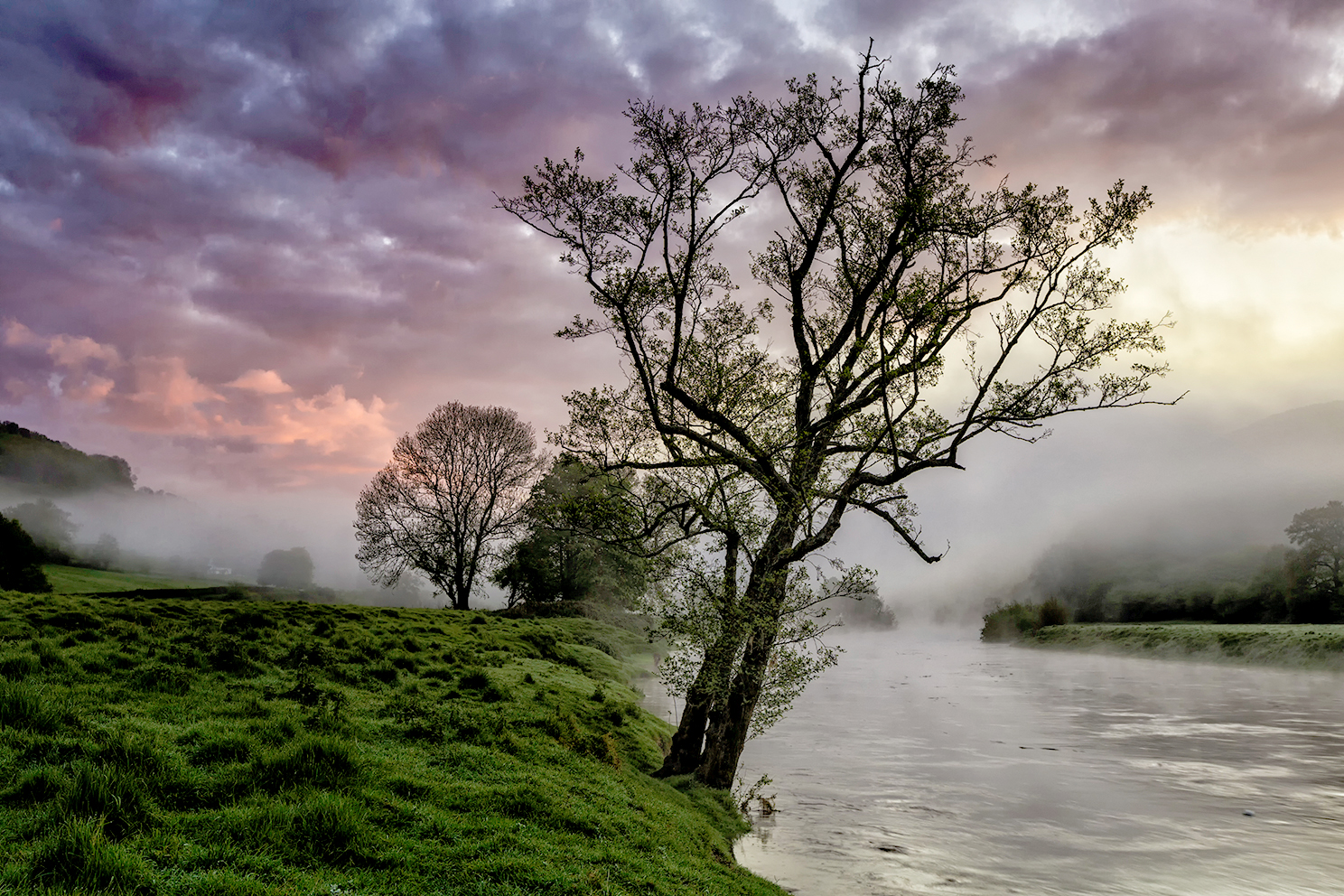
A river runs through my life. I cannot quite say I was bred on the banks of the Wye, but my home was separated from the nation’s favourite river (2010 survey) by a sheep paddock when I was a lamb myself. This was just south of the city of Hereford, where the Wye is fat and lethargic.
When I was 10, I spotted a mink at the water’s edge; sinuous and dressed in devil-black, the mink was staring into the water-mirror as if petrified by its own violent being. Bert the gillie, when I informed him of the presence of the predator from another place, gave me a whole, whopping, fresh-hauled 20lb salmon in return for the surveillance. My father, a fly-fisherman who had taken his own share of Salmo salar from the Wye, was archly amused that I had caught a bigger fish with words than he ever had with line.
That fortnight, my parents and I had salmon poached, baked, grilled, pulverised into paté, minced into rillettes, blended to paste in terrine, raw in tartare du saumon. However prepared, the salmon came topped with a 1970s mandatory wedge of lemon — which remains my Proustian food-trigger. More than 40 years on, every time I see a quartered lemon, the warm, earthy notes of fresh Wye salmon return and recapture me. In a sense, what I swallowed then swallows me still. Englishness in a mouthful.
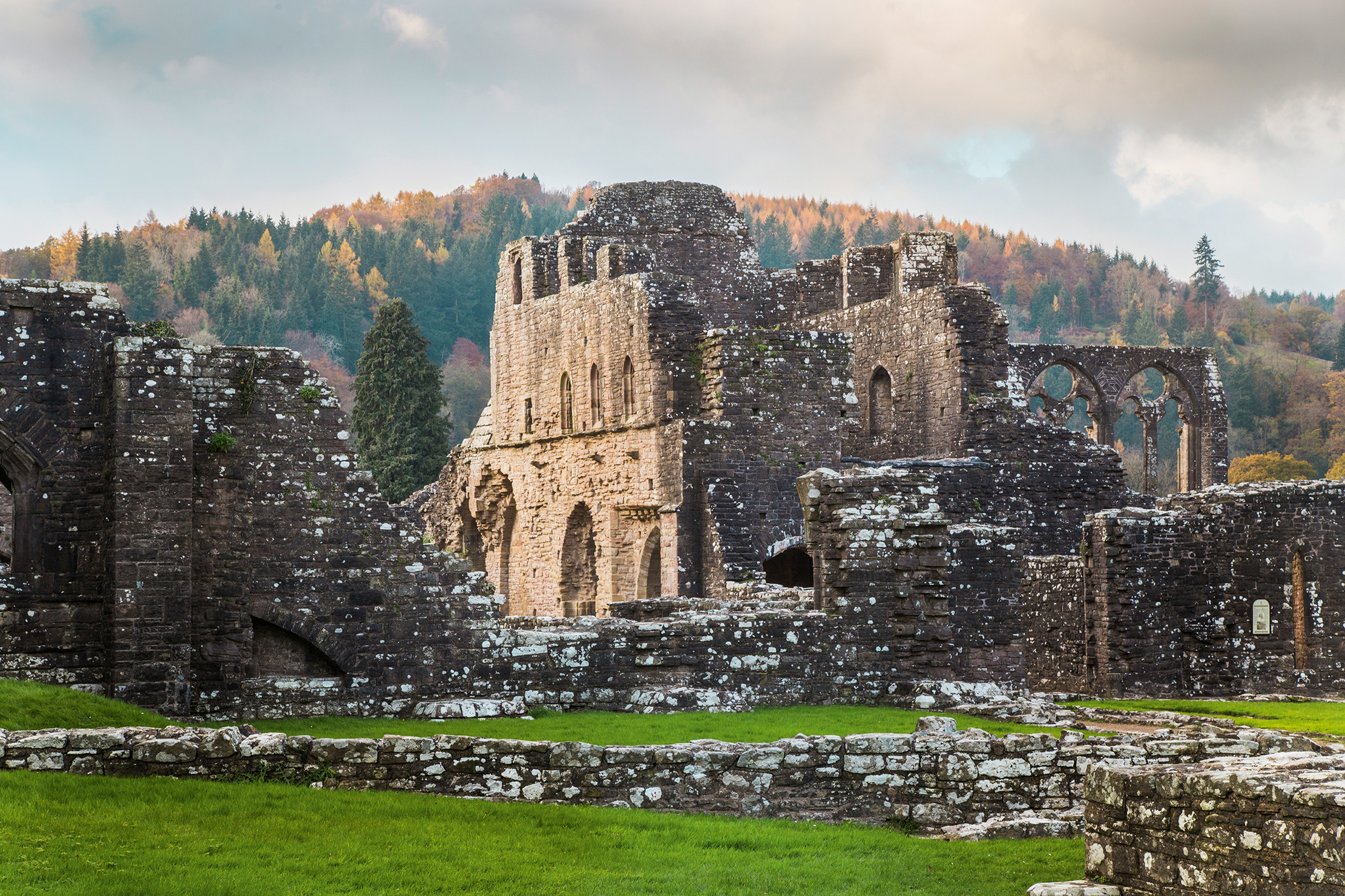
Nothing, but nothing, tastes as good as Wye salmon, which is why the Wye’s 136 miles of southing down the Welsh borders, from fast grey mountains via slowly, slowly green fields and deep woods to death in the Severn Estuary, is the fisherman’s true delight. The cognoscenti of the river know the underwater map of Wye salmon haunts, the names of which are an angler’s oath: Dipples Pool, Rock Pool, Bert’s Hole, Cowpond, Pashley’s Crib — the latter named for Robert Pashley, ‘gentleman of leisure’, the most successful salmon fisherman in the history of the river, who caught more than 10,000 in his lifetime. His best year was 1936, when he caught 678.
Unless you were Percy, the local ‘gentleman of the night’, salmon fishing was never cheap sport and the rods who paid to cast their lines at Hampton Bishop fishery were expected to lunch well at The Bunch of Carrots pub, when it was owned by chain-smoking Cindy, rather than a pub chain. My first job, when I was a university student, was serving in the ‘lounge’, dispensing double gills of Glenmorangie to the rods and gillies, the lot of them increasingly flushed aface as the liquid lunch gathered apace. A lot of fish got away in the afternoons, all of them, when discussed in the evening, the size and ferocity of Megalodon.
It was in the year before I was called to the bar of the village pub that I and my friend Tim set the river afire; one perfect summer’s evening, when the sunset sky was as salmon pink as the river bank, we poured a gallon of petrol on the river, lit it with a taper attached to a willow rod, and watched the conflagration sail majestically past the goggle-eyed drinkers on the stank (dialect for flood bank) outside the pub.
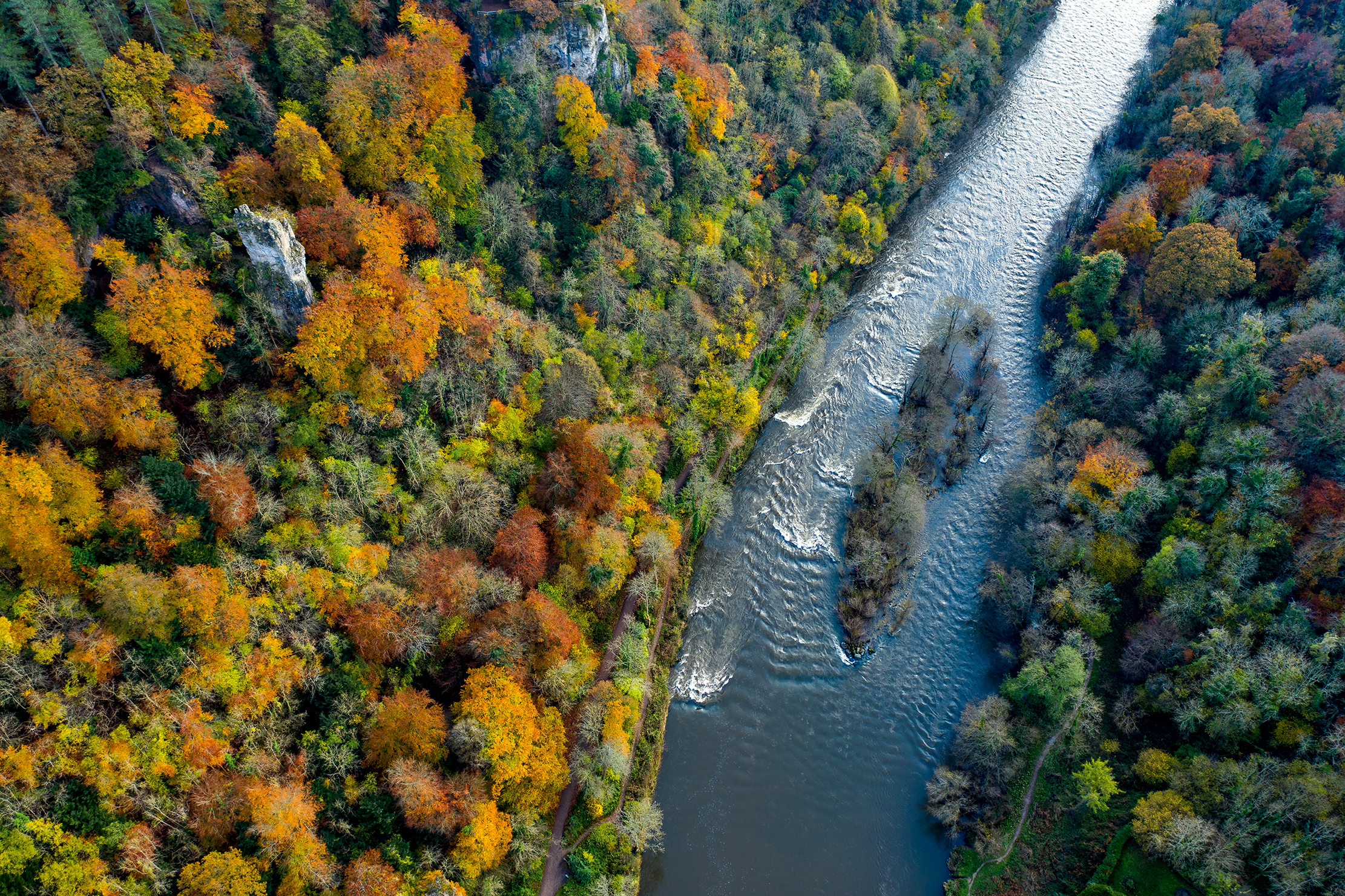
It was a prank, but it was spectacle, too. It was Viking pyre, it was hell on water. We were not the only ones, Tim and I, to see in the flames visions of the times when this edge-of-England river, so water-snail content in its middle reaches in middle Herefordshire, was once a place of skirmish and battle. The Wye was the liquid barrier between Saxon Englalaland and Celtic Wales and its waters once upon a time spated scarlet with blood. Hereford is Saxon for ‘army ford’. The banks of the Wye are studded with castles built to keep the wild Welsh in their place. The castle at Goodrich, perched in the manner of a raptor above the river, is a statement in red sandstone of military intent.
Exquisite houses, the beauty of Nature, and how to get the most from your life, straight to your inbox.
My wife and I had one of our earliest dates at Goodrich; another first date was wandering Hay-on-Wye, ‘town of books’, where the guardian castle had been repurposed as a peaceable emporium for literature-lovers. As I say, the river runs through my life.
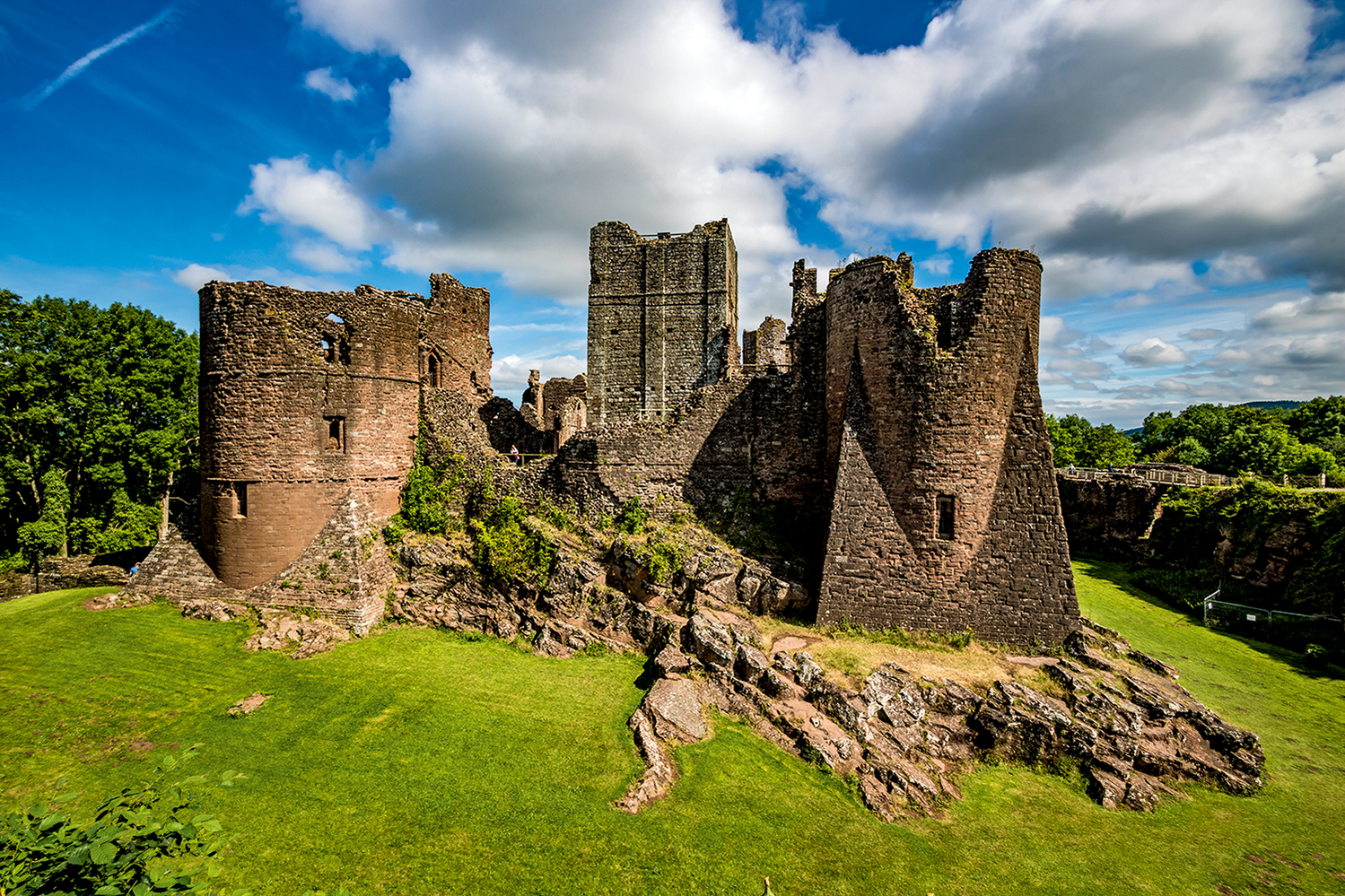
Before I was a fire-starter and presumptive husband material, my pleasures in and on the Wye were mere innocent ripples: fishing for sparkling minnows in summery shingle (using a sunken jam-jar baited with white Mother’s Pride bread), eel-fishing at night, canoeing, rowing. I swam, too, between the pre-Raphaelite tresses of water crowfoot, the current taking me on journeys; swimming in the sea is vitalising, swimming in a river is seduction in cold silk. Sometimes I sat and reflected or observed the heron, the river stalker, the Wye’s ancient and first fisherman.
River days are good days. I have farmed sheep on a high Wye tributary, shepherded my children, both of them, to schools verily Wyeside, one in Hereford, one in Monmouth.
We are rivers; rivers are us. Over its life, from birth-pool on Pumlumon Fawr in Wales to demise in the swirling oblivion of the Severn, the Wye gathers girth and its own children by welcoming tributaries — Elan Ithon, Irfon, Lugg, Monnow. The received wisdom is that the scenery is finest in its lowest reaches, from Ross to Chepstow, the Wye Valley AONB.
This is the bit, with its peregrine-swooping gorge at Symonds Yat Rock and its Gothic-novel ruins at Tintern Abbey, that conceived Britain’s tourist industry after the Rev William Gilpin published his Observations on the River Wye, 250 years ago.
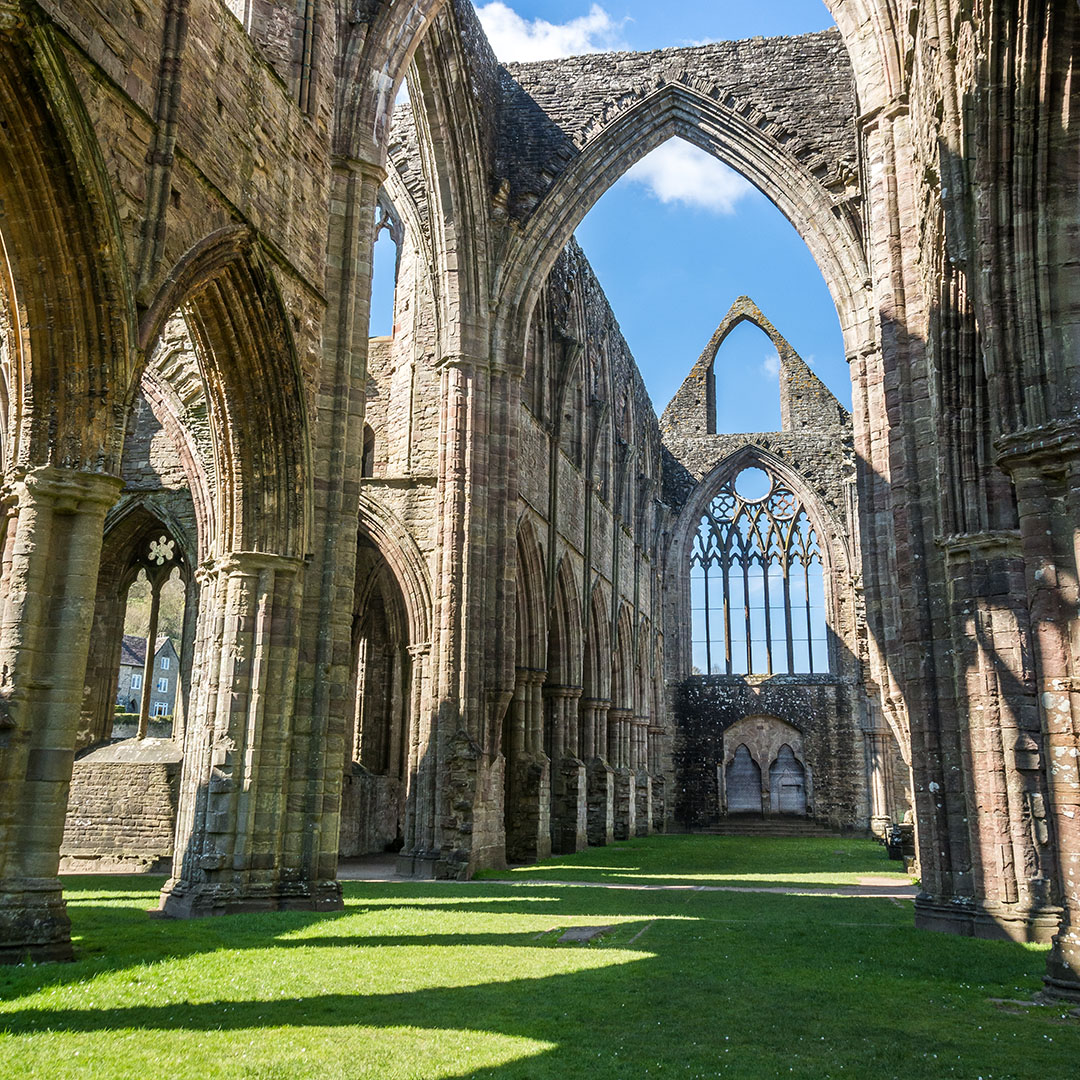
Gilpin not only made the Wye famous, he created the concept of the Picturesque landscape. Coleridge blessed him for alerting us to the ‘loveliness and wonders of the world’ and Wordsworth enthused in Lines Composed A Few Miles Above Tintern Abbey:
O sylvan Wye! thou wanderer thro’ the woods How often has my spirit turned to thee!
Turner got his brushes out for the lower Wye. Even so, it seems to me, a Wye boy, that the best beat of the river is my old home beat, from Hampton Bishop down to Ross, where you meander downstream through a perfect pastoral of cow-grazed meadows and eccentric churches (notably, the Italianate confection at Hoarwithy), past the confluence with the Lugg by Mordiford’s medieval bridge, alongside the wooded mounds of Woolhope’s hills and the tranquillity of Hole-in-the-Wall hamlet, to arrive at Ross — which, from a distance, seems pinned to its red cliff by the needle steeple of St Mary’s.
It is Herefordshire’s great tourist secret. A place only we Herefordians know. And you, now.
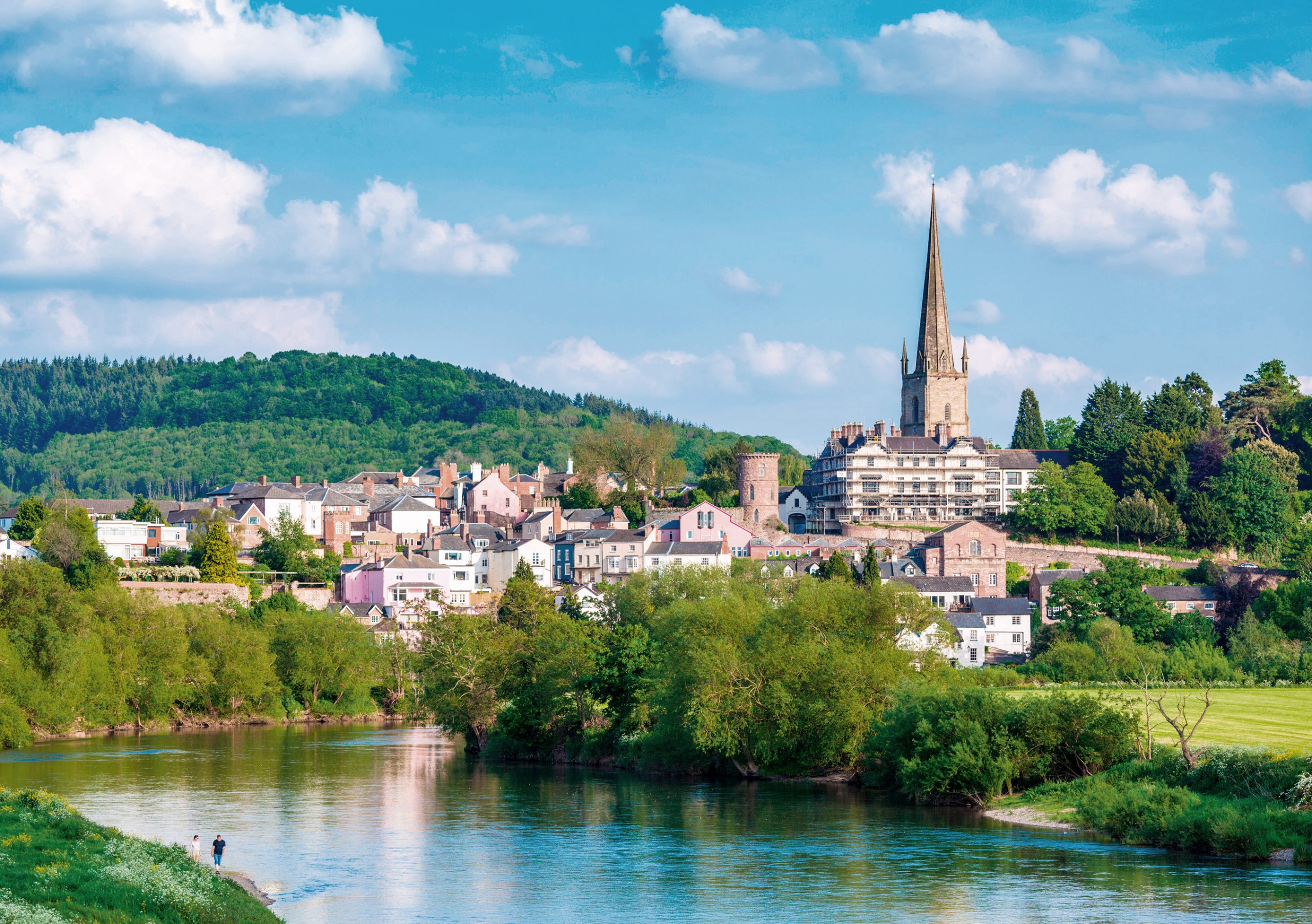
Eye on the Wye
- Hatton’s game-fishing shop in Hereford was the temple of Wye fishers — its many illustrious customers included Edward VIII and George VI — before closing in 2001.
- Painter Brian Hatton, scion of the shop, was the river’s most ardent painter. He died in the First World War, fighting to preserve the scenes he loved.
- Pumlumon Fawr is also the source of the Severn and the Rheidol.
- A sturgeon, 2.2m long (more than 7ft) and weighing 182lb was caught at Hereford in 1846. Its remains are on display in the town’s museum.
- The Wye is one of only four rivers in Britain where twaite shad (a rare species of herring) spawn.
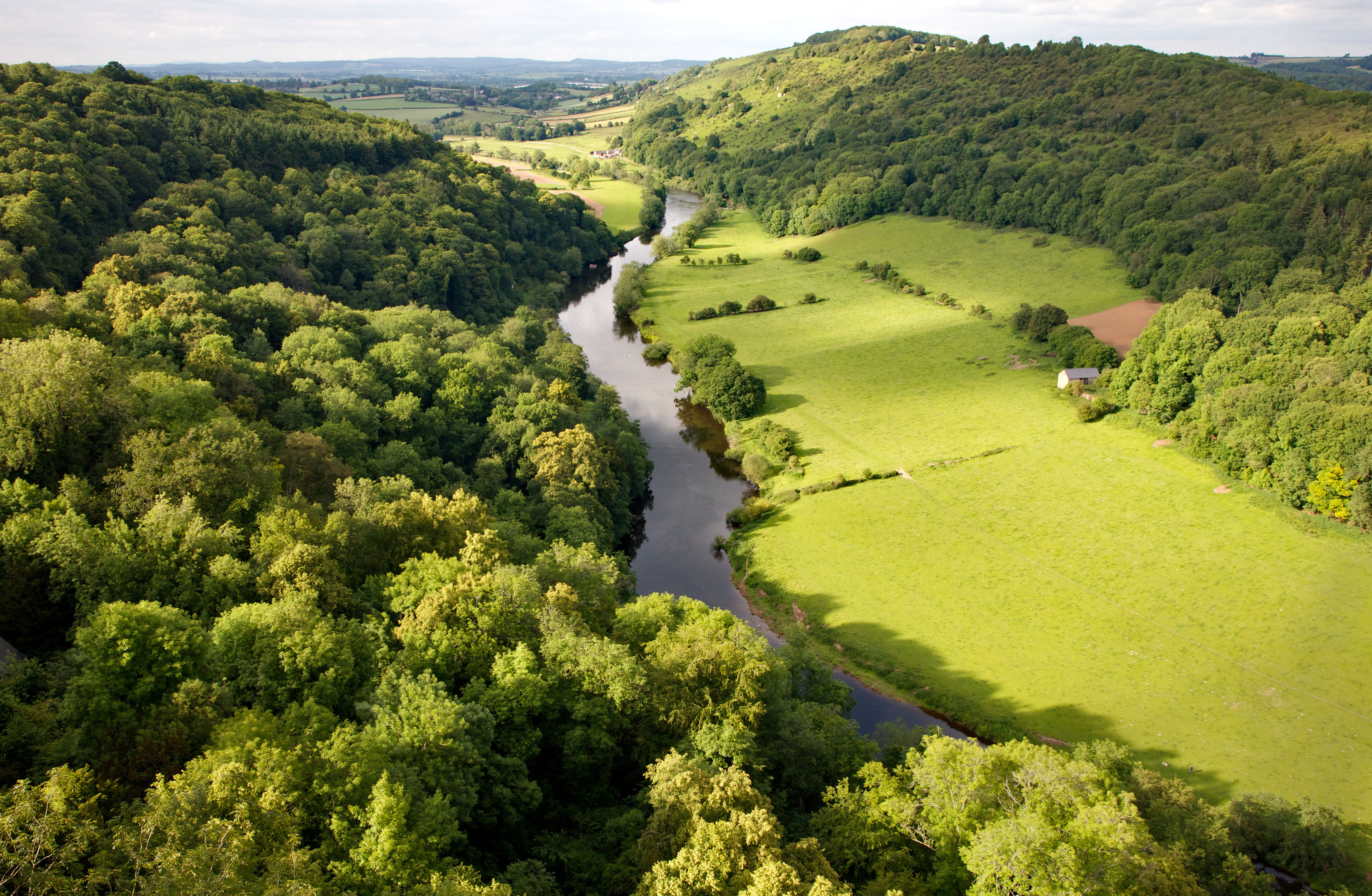
The Wye Valley AONB: 'If you have never navigated the Wye, you have seen nothing'
The Wye Valley is considered the 'birthplace of British tourism' — and it's not hard to see why, says Kate Green.
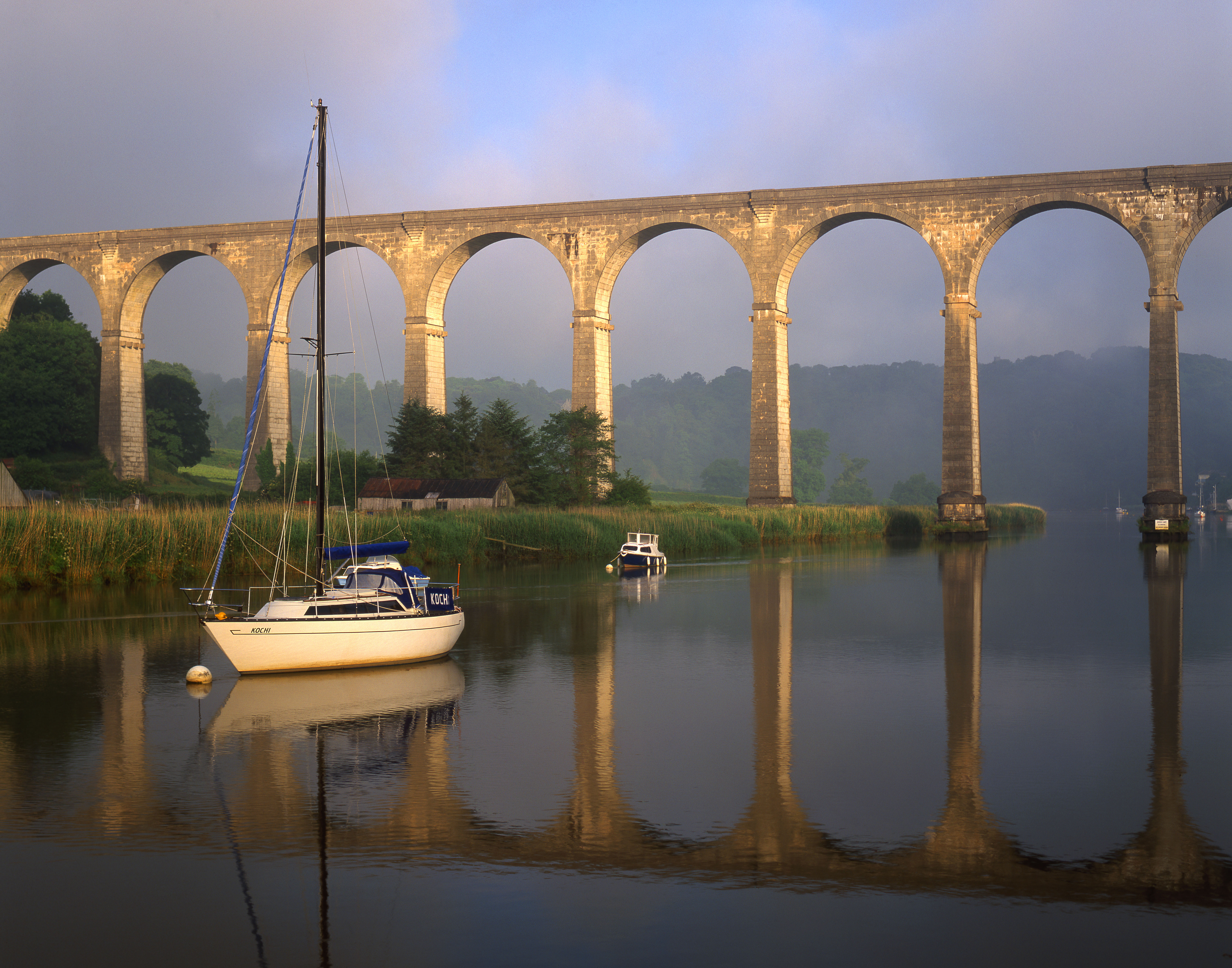
The Tamar Valley AONB: Mines, otters and the ghost of a 'black widow' who roams the moors in a carriage of bones
Kate Green focuses on the Tamar Valley AONB.

Should we re-roof Tintern Abbey, and re-erect the fallen stones of Stonehenge?
Our most celebrated ancient ruins draw visitors by the tens of thousands, drawn by the mix of history, romance and
